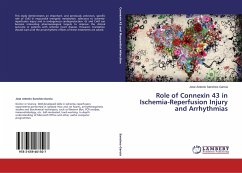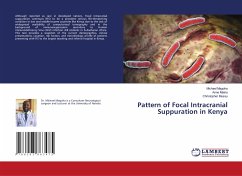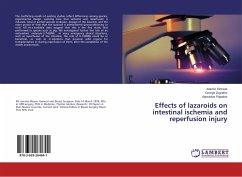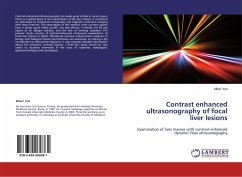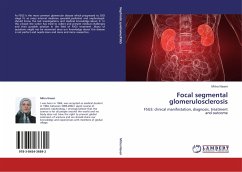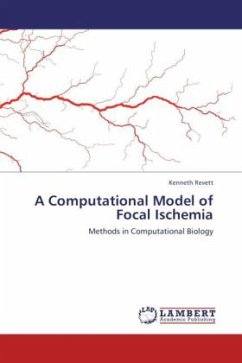
A Computational Model of Focal Ischemia
Methods in Computational Biology
Versandkostenfrei!
Versandfertig in 6-10 Tagen
52,99 €
inkl. MwSt.

PAYBACK Punkte
26 °P sammeln!
Spreading depression, a phenomenon characterized by changes in a wide range of neurophysiological processes, was described by Aristides Leao in 1944. The defining feature is a relatively enduring depression in the spontaneous activity of the brain, recorded using standard unipolar electrodes. Further, the reduction in spontaneous activity spreads from the site of initiation across the surface of the cortex. The phenomenon was discovered while Leao was investigating the response of the rabbit cortex, under dial narcosis, to faradic stimulation. This monograph describes in significant detail how...
Spreading depression, a phenomenon characterized by changes in a wide range of neurophysiological processes, was described by Aristides Leao in 1944. The defining feature is a relatively enduring depression in the spontaneous activity of the brain, recorded using standard unipolar electrodes. Further, the reduction in spontaneous activity spreads from the site of initiation across the surface of the cortex. The phenomenon was discovered while Leao was investigating the response of the rabbit cortex, under dial narcosis, to faradic stimulation. This monograph describes in significant detail how SD is initiated, which aspects of nervous tissue support its initiation and propagation, the dynamics of SD propagation, the potential involvement of subcortical structures in the initiation and spread of SD, and the influence of changes in vasculature on SD. The approach adopted in this work is based on a biologically realistic computational model of SD, designed to provide a simulation platform for investigating realistic scenarios. The resuls of this work indicate that computational modelling can provide useful information that is not easily acquired through alternative approaches.



